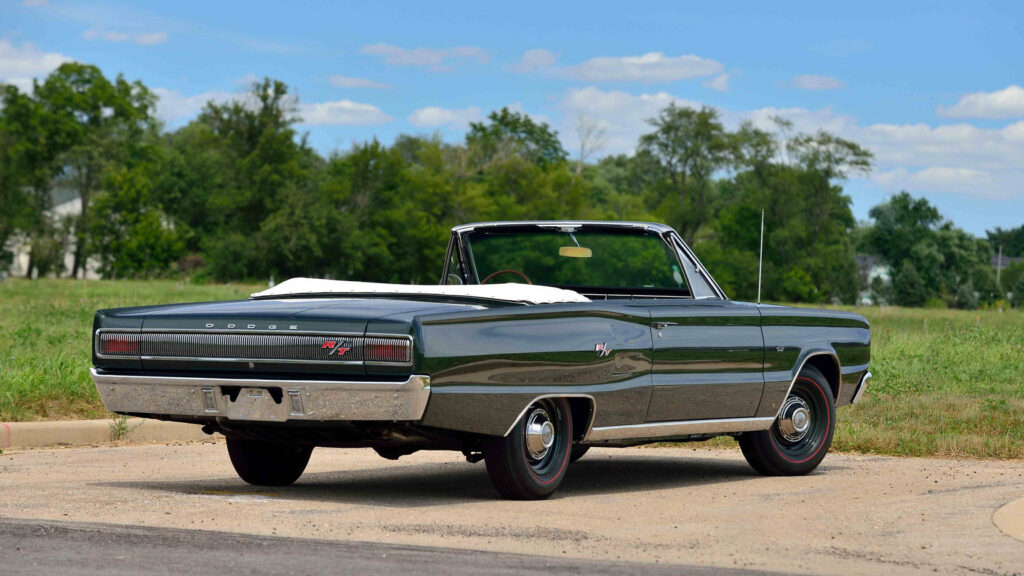During the heyday of muscle car culture from 1964 to 1971, all U.S. manufacturers had at least one in their lineup. For example, they made 96,000 1966 Pontiac GTOs that year alone. Detroit automakers offered numerous options, trim levels, and body styles on their most popular muscle car models. Currently, discerning collectors are looking for those rare models that are worth the highest prices.
The truth is that back in the day, buyers couldn’t afford or didn’t want special models with exotic technology and questionable usability. All the cars on this list are now rare and desirable since they were unwanted back in the day. These were the unwanted children of muscle car culture that now turned out to be blue-chip cars for collectors. Some may even be among the cars that defined the heyday of muscle car culture. Check out the list via Classic & Sports Car below.
30. 1967 Dodge Coronet R/T Convertible Hemi 426

Dodge introduced the Coronet nameplate in 1955 as their highest trim level for their full-size cars. In the mid-’60s, it moved to the mid-size segment and became Dodge’s most successful product. Coronets were attractive, intermediate cars for family buyers with a good selection of engines and trim levels. Dodge offered the famous R/T trim package on two-door coupes and convertibles. That meant more ambitious buyers could get a 440 V8 or the famous 426 Hemi engine in their Coronets.

The Coronet R/T was Dodge’s answer to the Pontiac GTO, the Chevelle, and other intermediate performance cars. However, they only built two super-rare ’67 Coronet R/T Convertibles with Hemi engines and that makes this Coronet a collector’s item. Interestingly, Coronet R/T buyers in those days opted for the reliable and almost equally fast 440 Magnum engine, as well as the closed body styles. Whoever bought that plush Hemi convertible must have been looking for a powerful cruiser with many options. But they never intended for buyers to use this car as a stoplight terror, yet rather as a summer night express.
